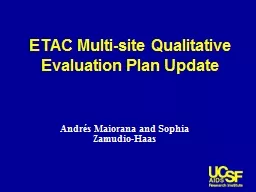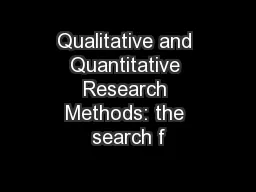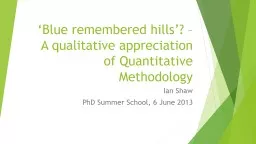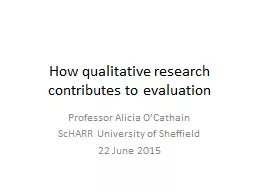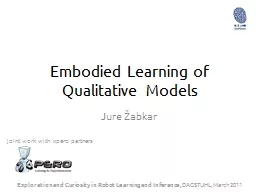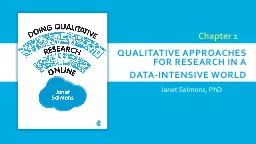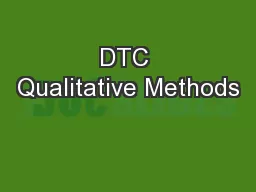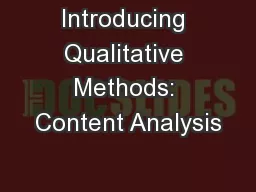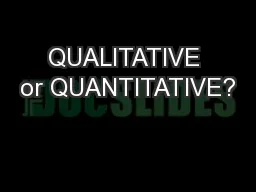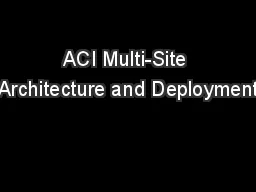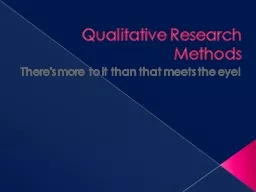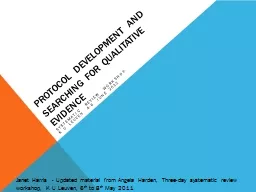PPT-ETAC Multi-site Qualitative Evaluation Plan
Author : ellena-manuel | Published Date : 2018-12-17
Update Andrés Maiorana and Sophia ZamudioHaas Our presentation today Overview of qualitative evaluation Concepts about Latinoa identity and minority status that
Presentation Embed Code
Download Presentation
Download Presentation The PPT/PDF document "ETAC Multi-site Qualitative Evaluation ..." is the property of its rightful owner. Permission is granted to download and print the materials on this website for personal, non-commercial use only, and to display it on your personal computer provided you do not modify the materials and that you retain all copyright notices contained in the materials. By downloading content from our website, you accept the terms of this agreement.
ETAC Multi-site Qualitative Evaluation Plan: Transcript
Download Rules Of Document
"ETAC Multi-site Qualitative Evaluation Plan"The content belongs to its owner. You may download and print it for personal use, without modification, and keep all copyright notices. By downloading, you agree to these terms.
Related Documents

